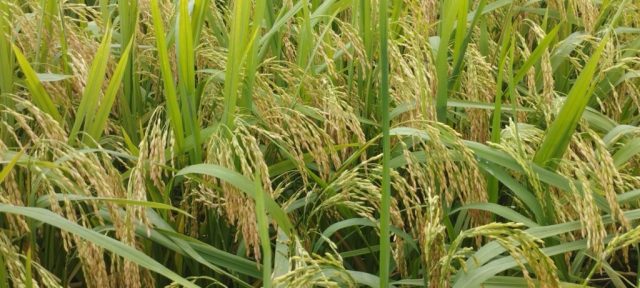Low GI rice seen as promising solution to mitigate Asia’s diabetes crisis
- From
-
Published on
18.12.24
- Impact Area

Los Baños, Philippines (16 December 2024) — A new paper recently published by scientists from the International Rice Research Institute (IRRI) and the Max Planck Institute is exploring the potential of low glycemic index (Low GI) rice to combat the growing diabetes epidemic, particularly in Asia.
The rise in type 2 diabetes poses a significant global health challenge, with over 537 million people affected in 2021, a number that is projected to exceed 780 million by 2045. In Asia, consumers face an acute diabetes risk due to the high consumption of calorie-dense sugary drinks, ultra-processed food, and refined carbohydrates, including polished white rice, a staple food linked to increased glycemic load.
Related news
-

Positioning healthier rice varieties in Odisha for market demand and farmer income
International Rice Research Institute (IRRI)28.10.25-
Nutrition
-
Poverty reduction, livelihoods & jobs
In western Odisha, farmer groups and women’s self-help groups are taking the lead in bringing…
Read more -
-

SOILutions for Security: CGIAR at the 2025 Borlaug Dialogue
Multifunctional Landscapes Science Program22.10.25-
Biodiversity
-
Environmental health
-
Environmental health & biodiversity
-
Food security
-
Nutrition
From October 21–23, CGIAR will join global partners in Des Moines, Iowa for the 2025…
Read more -
-

New insights on how rainfall patterns influence arsenic in rice
International Rice Research Institute (IRRI)14.10.25-
Nutrition
By Bushra Humaira Sadaf Arsenic in rice has long been linked to contaminated irrigation water,…
Read more -
